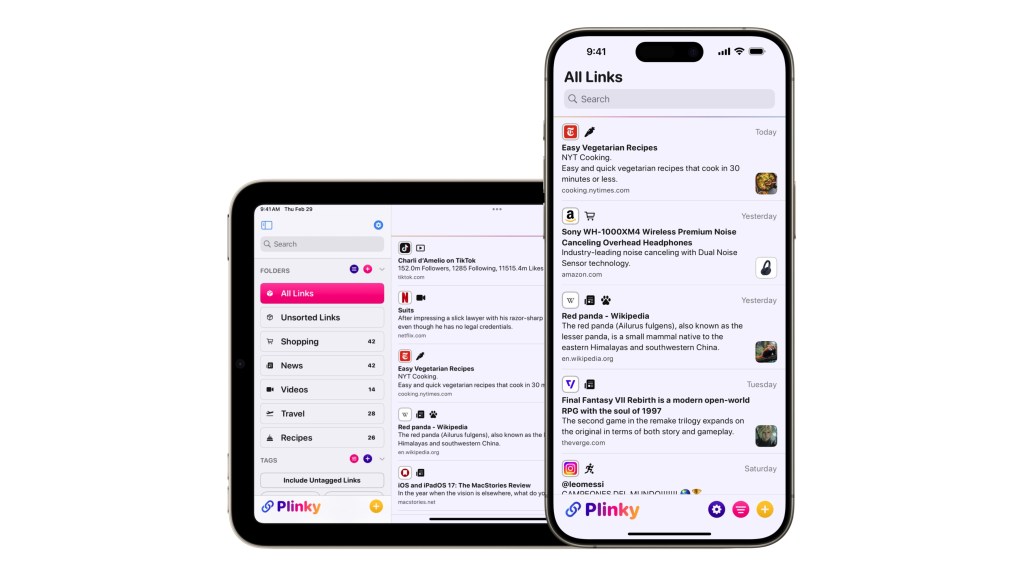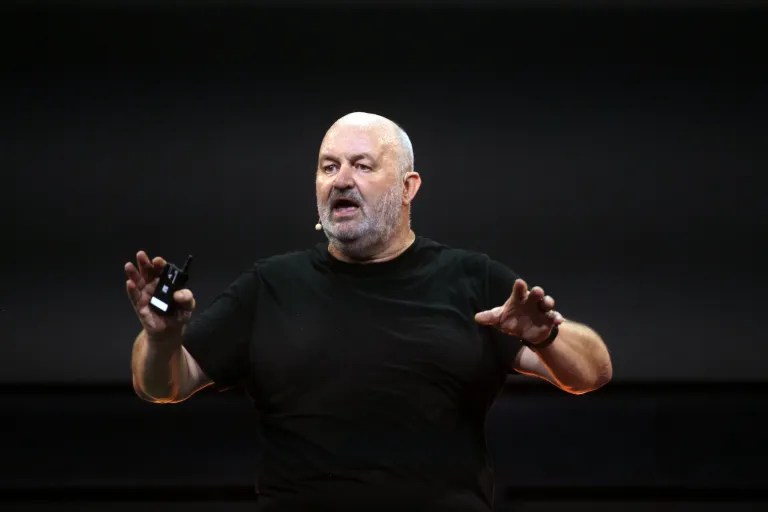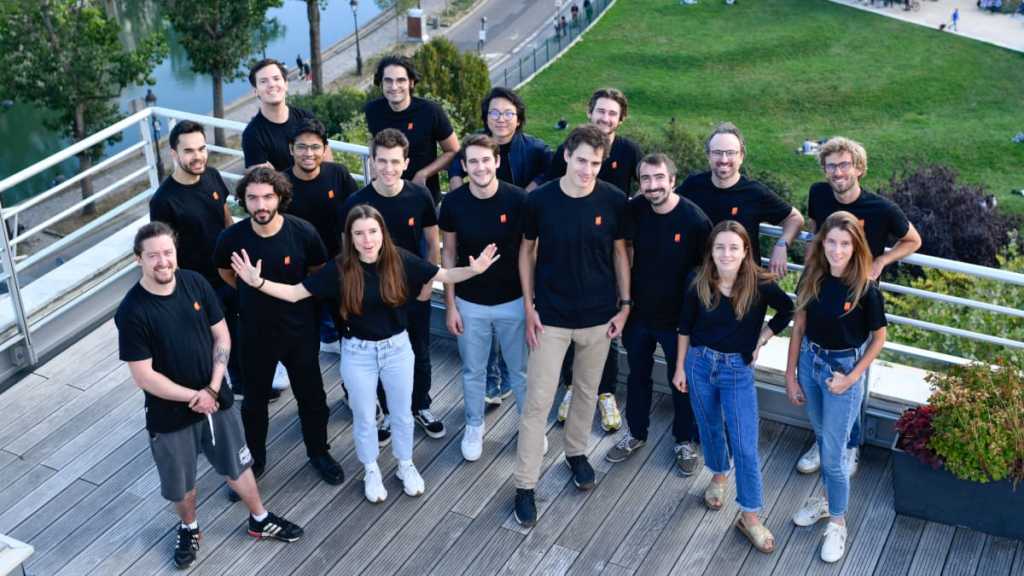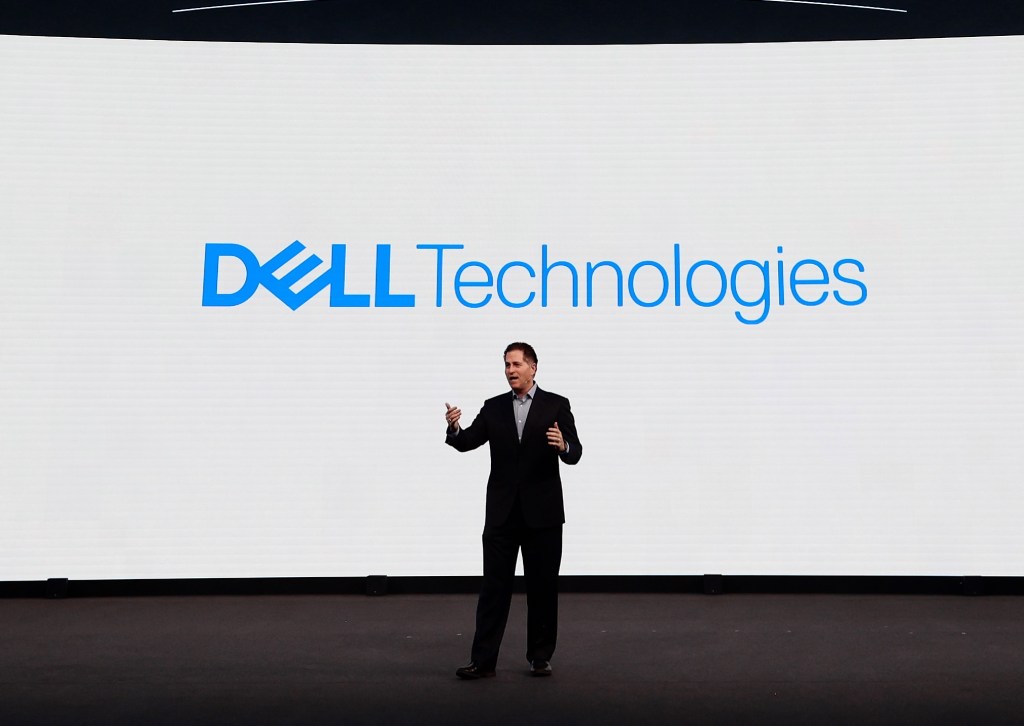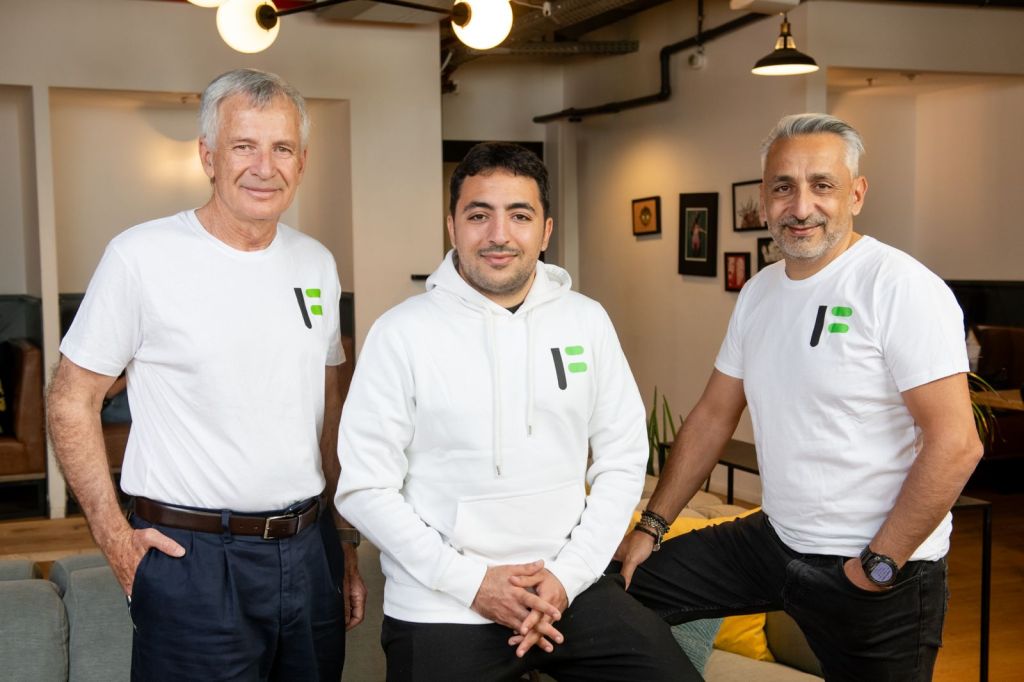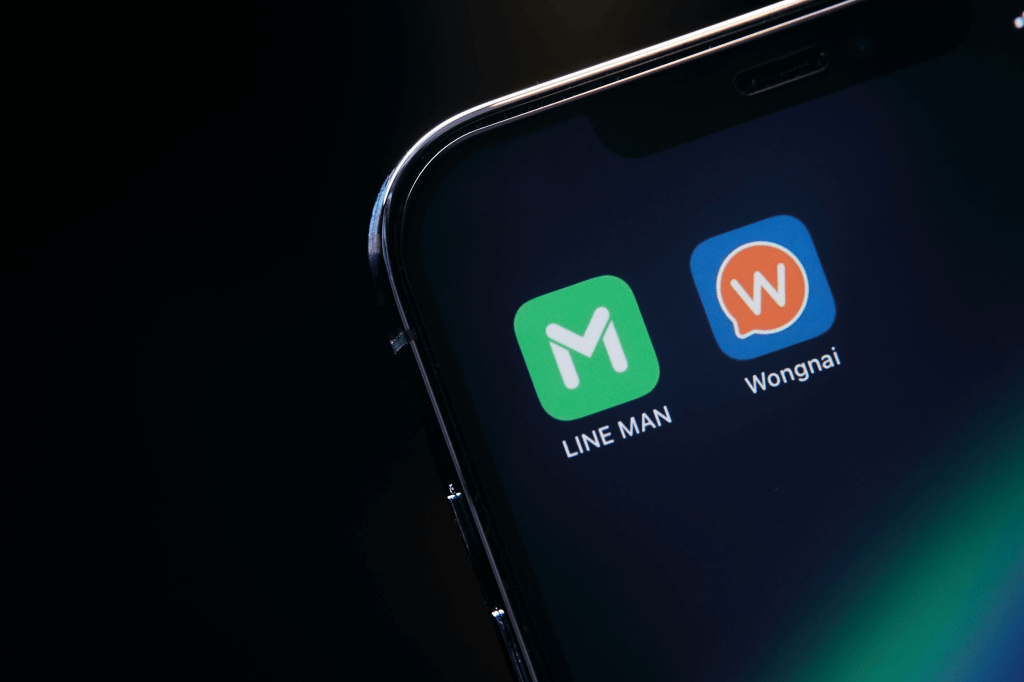3 software startups leverage artificial intelligence and machine learning to create new opportunities for growth
Most startups arrive on the business playing field like minor league baseball teams coming to play the Yankees: they have fewer resources, fewer people on the bench, and little room for error. Hiring talent, developing a product, finding paying customers, and raising money is a lot to accomplish. And as any startup CEO can attest, doing more with less is the name of the game. In years like this one when VC funding is down, efficiencies become even more critical for companies getting off the ground.
Startups across a variety of industries are overcoming these challenges using AWS artificial intelligence (AI) and machine learning (ML). As Rob Ferguson, Global Head of AI/ML Business Development for Startups & Venture Capital, explains, “AI and ML are powerful tools for any company when it comes to increasing efficiency and building new products and services. But for startups, they can be revolutionary. Even a small team using AI and ML can accomplish advanced analytics, solve for world-changing problems, and create value-added businesses.”
Taking advantage of AI and ML is also getting easier. Startups can use AWS AI services without writing a single line of code, and with Amazon SageMaker, they have all the tools they need to prepare their data for ML and build, train, and deploy ML models. Plus, these services quickly scale to meet demand as the company grows. This means that startups, including those early in their growth journeys, can begin using AI and ML quickly to innovate, disrupt, and gain a competitive advantage.
Delivering insights faster
The Australia-based startup See-Mode, founded in 2017 by Dr. Milad Mohammadzadeh and Dr. Sadaf Monajemi, is using AI and ML to help save lives by the minute.
Every year, 15 million people worldwide suffer a stroke—a medical emergency that occurs when blood supply to the brain is cut off or reduced by a rupture of plaque in the blood vessels. Five million people die from strokes every year, while another 5 million are left permanently disabled.
After learning that the current methods of predicting and preventing strokes using medical images weren’t effective, Drs. Mohammadzadeh and Monajemi decided to use AI to improve image analysis. They created AI-based software that analyzes a patient’s existing CT and ultrasound scans by overlaying computational fluid dynamics to make enhanced patient risk predictions for stroke and treatment recommendations.
The company uses Amazon SageMaker, a fully managed ML service, for training the models that underpin its first AI product, Augmented Vascular Analysis (AVA), which can process a large amount of ultrasound images and generate an accurate report in under a minute. SageMaker enables the start-up to easily deploy its ML models and scale them automatically.
“An issue we wanted to solve was how we could analyze 50–100 images that would come in continuously, versus a single image from each patient at any given time,” Dr. Mohammadzadeh says. “With AVA running on AWS, we can analyze that load within seconds and return immediate results to the user.”
Using AWS services, See-Mode can adjust its compute requirements as needed and pay only for what it uses— which has been key to the sustainable growth of the young company. Its founders envision a world in which no one suffers a stroke, and with hospitals around the world lining up to work with them, they’re on their way to making that vision a reality.
Scaling up without limits

For many companies, the ability to plan for container arrivals at ports is critical to efficient and successful supply chain management. Portcast, a logistics technology startup founded in 2017, makes this easier with an ML-powered platform that helps shipping companies and manufacturers predict the arrival times for cargo at ports—and reduce time spent on manual tracking by about 80%. By bringing together historical shipping patterns and real-time data, including weather conditions, port traffic, and vessel location, Portcast’s proprietary ML models can predict with more than 90% accuracy arrival times for individual shipping containers.
With a huge and growing computational load, Portcast uses SageMaker to run hundreds of ML prediction and training models in parallel, with no memory limit, and to save at least 60 percent on ML deployment costs. The service also helps Portcast speed up automation in its end-to-end ML cycle, from training to processing to predictions. “We have the potential to generate millions of predictions a day,” says Lingxiao Xia, cofounder and chief technology officer at Portcast.
This ability to efficiently and cost-effectively track shipments and predict arrivals has put Portcast on track to grow 10−20 times in the coming months.
Creating a smarter app
WOMBO, a synthetic media company company based in Toronto, provides its users with “the happiest place on the internet.” Launched in March 2021, WOMBO offers an AI-powered lip-synching app that allows users to upload any still portrait and animate it to sing to the song of their choice. Abraham Lincoln belting Lady Gaga’s “Born This Way”? No problem. You flawlessly spitting Busta Rhymes? You got it.
WOMBO videos began as nothing more than a lark—a simple pleasure that made people laugh. But that’s exactly what people needed in the thick of the pandemic. Within ten months of WOMBO’s launch, 74 million people in more than 180 countries downloaded the app and started singing—making WOMBO one of the fastest-growing consumer apps in history.
This kind of explosive growth is most startups’ dream. But for WOMBO, it far exceeded expectations and created challenges for the company. It worked with AWS to lower its costs while continuing to improve the quality of its algorithms, and WOMBO’s engineers collaborated closely with AWS to optimize the app’s data processing and ensure there were no bottlenecks.
WOMBO is now expanding on its fun, easy-to-use AI. The company has released an AI image generator called WOMBO Dream, which people can use to create unique designs that they can turn into digital and physical artwork. With over 300 million artworks created and a billion lip-synced songs, WOMBO is fulfilling its mission to “democratize creativity.”
Knocking it out of the park
As baseball fans know, every so often even the Yankees are humbled by a team that seemingly comes out of nowhere to eventually win the World Series. This is every startup’s dream, but to hit home runs and play a winning game, startups must successfully manage the business complexities of fast growth, customer acquisition, and fundraising.
Today, cloud-based AI and ML equip young companies to quickly explore, experiment, and create, while keeping costs down and scaling to meet demand. In a tight market, when every dollar counts, these tools can be the difference between losing the game and hitting those home runs that build momentum for the win.
Learn more about how AWS helps startups build and grow:
Now Go Build: Join Amazon CTO Werner Vogels on a worldwide journey to uncover the startups solving the toughest problems our planet faces.






